Noise takes it further than any other genre. Rhythm, melody, lyrics, standard instruments: all forgotten. For many, the first time listening to this music is an unforgettable experience, because there really is nothing like it. Across the world, people experiment with this style, but Japanoise was one of the greatest catalysts for its existence today. The main slew of bands that heralded its metallic chaos erupted in the ’80s and exploded in the ’90s, but its roots are settled much deeper than that.
In 1958, some students from Tokyo National University of Fine Art and Music formed a musical experiment with ideas akin to Avant-guard Fluxus artists and Western composer, John Cage. The students named themselves Group Ongaku in 1960 and released only three songs between then and 1961, which experiment heavily with improvised, industrial timbres. Whilst the sounds hadn’t reached the sheer intensity of acts that spawned in the late 70’s/early ’80s, the improvised white noise of the hoover, gut-wrenching screams, and mind-numbing, echoed radio bleeps show the seeds of Noise germinating. Despite only being able to listen to a one-hour-long record of theirs now, they played throughout the ’60s at events with performance artists like Yoko Ono. This tie into the art world with obscure live acts would continue into the Noise tradition that would later manifest in Japan.
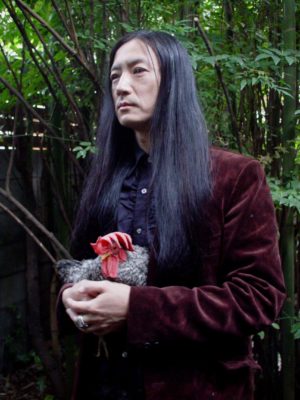
Fast-forward to 1979 and Masami Akita is beginning the Merzbow project, which today is the closest to a worldwide household name Japanoise has. The name is derived from Kurt Schwitter’s Merzbau, which was an unfinished sculpture built within the artist’s own home in Hanover, a never-ending distortion of his living space. Dadaism and surrealism were strong influences as well. Using an insanely broad range of instruments, many of which Akita built himself, the Merzbow project started creating some of the most intense music out there. Since its inception, Merzbow has produced over 400 albums; the latest is due this July. He’s currently on a world tour that is set to end in Denmark on July 7th at the Mayhem Festival. Whilst the earliest Merzbow projects might seem closer to the soundtrack of an avant-garde sci-fi short film, the greatest known work, like the 1996 album, Demon Pulse, is a death-defying journey through the relentless white noise and brain-scratching feedback. On top of that, he has collaborated with an unprecedented amount of artists from genres such as techno, grindcore, and death metal, allowing Noise culture to bleed into other areas of music. Akita is also extremely vocal about being a straight-edge vegan, using every outlet he has to show his compassion towards animals and his desire to change people’s opinions on the hostile meat and dairy industries.
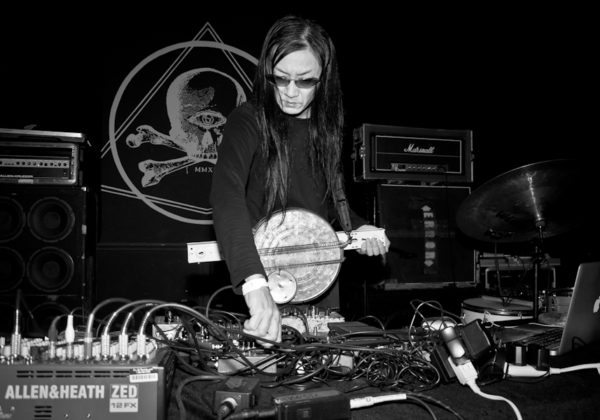
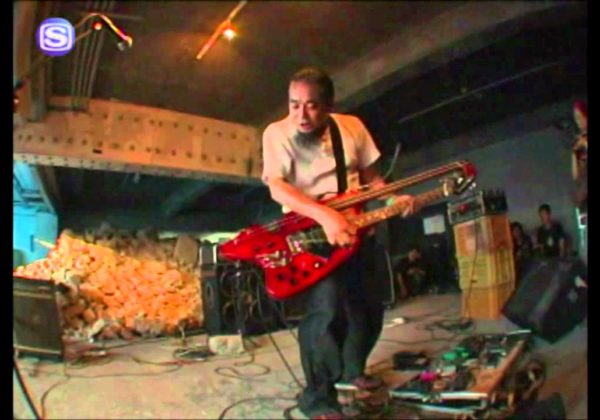
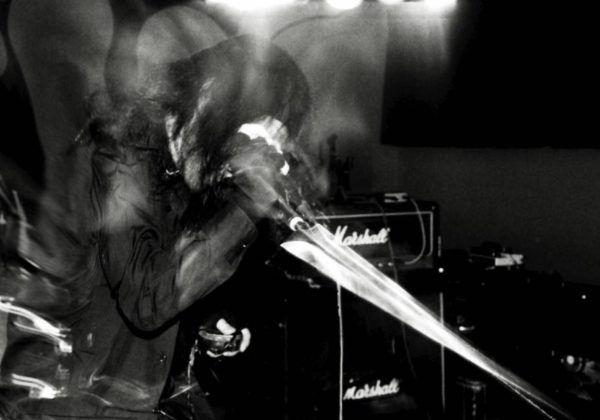
Common features of Noise are improvisation, feedback, and distortion. Whilst these elements are a part of many genres, Noise allows them to spiral out of control and become the forefront of the track. Equipment used can range from piles of wired-up, self-built hardware, to a laptop or set of DJ decks. No matter the simplicity or complexity of the set-up, never underestimate the artist’s potential. In the documentary, Kingdom of Noise (1993), a variety of the Japanoise vanguards perform one after the other. Masonna thrashes around the stage in a violent, cathartic rage. He screams into the mic and then smashes it into the floor, slamming effects pedals to modify his anger and jumping off of speakers and a drumkit, fully embodying the music. Performances like this are intrinsic to the sound, as the live gigs by Hijokaidan and Incapacitants show. Merzbow, who appears to be playing at a bus station in America, have an actor set up wearing a gas mask in the middle of the road being dodged by vehicles. Then one of the musicians gets naked and urinates on his own clothes.
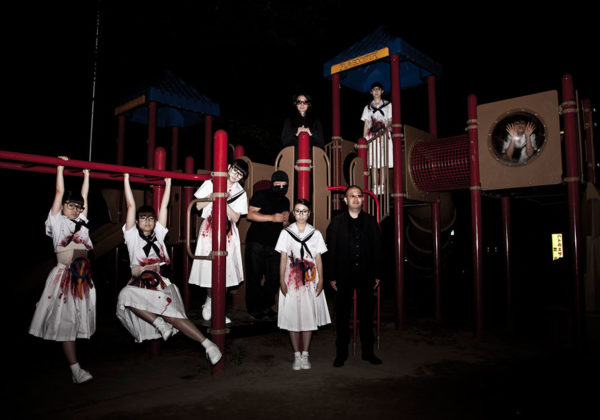
While music this harshly experimental will never fully make it into the mainstream top 40, Hijokaidan makes a conscious effort to interact with Japanese popular culture. In 2013, they collaborated with an alternative J-pop group, BiS. The result is a complete blend of two sounds. The catchy chorus and infectious melodies of J-pop clamber through the hissing, fizzing and screaming background of Hijokaidan. The music video reverses all expectations of J-pop, featuring the BiS idols dressed as schoolgirls with their guts falling out of their stomachs, smashing up a flashing room where Hijokaidan play their synths. The video ends with Jojo Hiroshige, one of the band’s founding members, throwing a severed pig’s head at a camera on the floor. Super kawaii, ne? Hijokaidan’s origins, like Merzbow, also begin in 1979, but after a few different projects, and incorrectly titled billing, and a failed attempt to create a band like Hawkwind, Hiroshige settled with Hijokaidan and let the improvised chaos take control a few years later. At one of their first real gigs, Hiroshige threw takoyaki into the audience, adding to the performance art aspect concurrent throughout Japanoise.
Around the same time, Toshiji Mikawa began his solo project, Incapacitants, in 1981. He was a member of Hijokaidan at the time and later involved Fumio Kosakai, a member of C.C.C.C. who would later become a part of Hijokaidan as well. Dubbing their musical style, “hard noise” (as a reference to jazz’s “hard bop”, so you can imagine they go a little further into mayhem than their counterparts), the duo wanted to remove any musical connection or even human intention from their sound. You can definitely hear that sentiment in their latest album, Survival of the Laziest, on the Alchemy record label, released in November 2017. In a genre that takes sheer noise to its extreme, these guys take it further. If you check their Facebook page, you can see a recently uploaded video of them in the studio causing sonic havoc on their equipment. It’s got to be said that the brightly coloured, smiling Facebook profile picture does anything but describe the unadulterated chaos of their albums. These guys kick off the Kingdom of Noise documentary filmed back in 1993, where you can witness both of them being consumed by the intensity of their performance side by side.
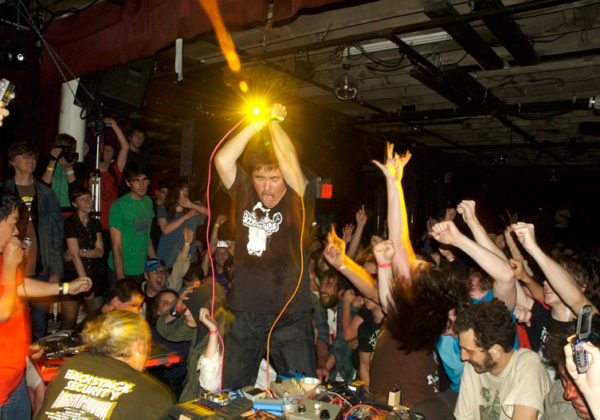
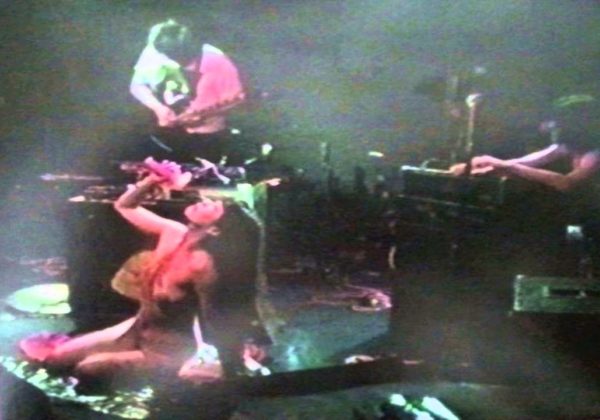

So, apart from the individuals responsible for the Japanoise exploration, who made it global, what about the new blood? A musician who popped up sometime after the boom of Japanoise in the ’90s is Masayuki Imanishi. Since 2007, he’s released over 10 albums of experimental soundscapes. His Worn Tape album, which was released earlier this year on Moving Furniture Records, has been received well. The Amsterdam-based label, which started in 2008, focuses on releasing experimental music by well-established and up-and-coming artists alike. Imanishi has recently announced a collaboration with the Japanese dubstep originator and all-around dance music galvanizer, Goth-Trad. As a DJ, Goth-Trad cuts all of his music to vinyl. His DJ sets can range from dance-focused, genre-spanning journeys, to a beatless, more chaotic style that lines up better with Noise. His Boiler Room mix is definitely the latter, playing with fizzing white noise and glitched beats to create a musical spectacle rather than a hyped dancefloor. I saw him at Club Asia in Tokyo and was frozen in fear for an hour, as what sounded like a million-strong army of darkness thundered through the devastatingly clear Broad Axe Soundsystem. His album, Psionics, takes the dance music genres, dubstep, and DnB, near the realms of Noise with distorted, industrial, grinding repetition pushing it forward. Imanishi, Goth-Trad and singer, Diesuck announced their collaboration, called Eartaker, in late 2017. Their debut performance was last November at Club Asia, Tokyo for the Back To Chill night, Red Bull Music Festival Special.
Since Group Ongaku helped to usher in the Fluxus movement, Noise has grown louder and louder throughout the ’80s and ’90s, when it shocked the world with brand new depths of metallic, electrical chaos. The albums from that time have become cult classics and staples of any Noise playlist. Since then, artists from Japan and beyond have continued to screech, grind, dismantle and scrape, combining with a range of genres and inspiring new innovators to explore abrasive, non-musical realms of sound production. As technology and sound recording equipment continue to develop at an accelerated pace, there’s no telling what chaotic aberrations future generations will form out of Noise.















































